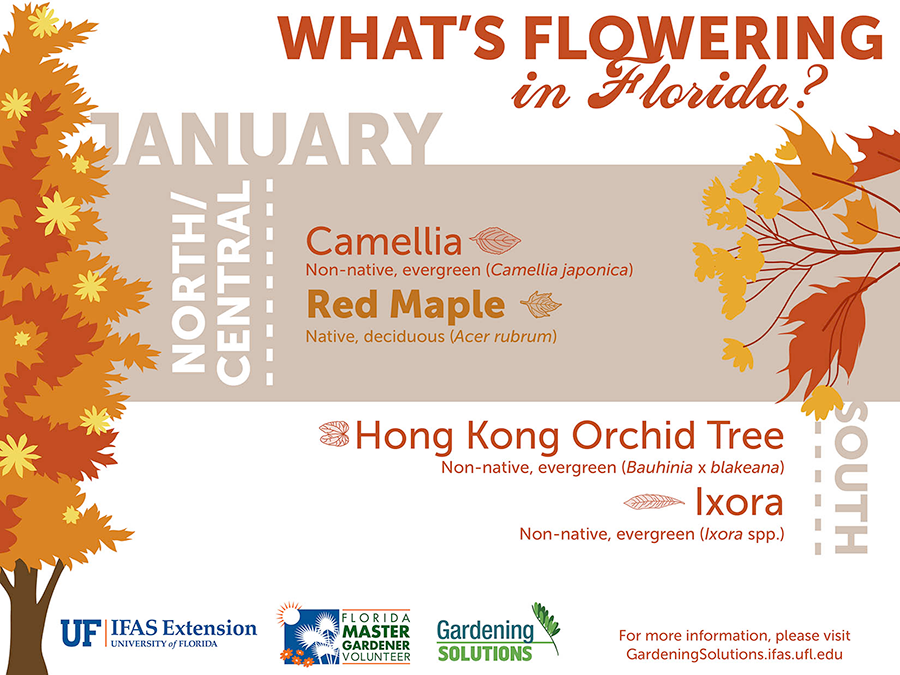Safeguarding Your Landscape: Replanting After Tree Elimination
Safeguarding Your Landscape: Replanting After Tree Elimination
Blog Article
Writer-Hartley Hudson
Tree elimination can leave a void in your landscape that requires filling. You can grow something brand-new in that area, but it takes additional treatment and interest at the starting to help it thrive.
The dirt in that area will keep transforming gradually as bacteria break down the old origins. That can affect the nutrition equilibrium and physical room for new development.
Soil
The dirt in a story where a tree has been removed is most likely to be really various from the rest of your yard or backyard. The origins of the old tree and the stump will have changed the soil, eliminating some nutrients and potentially crowding out various other plants. Additionally, if the previous tree was diseased, the infectious representative may still be in the ground.
The visibility of roots promotes a rich and varied area of dirt microorganisms that improves crucial procedures like nutrition biking and raw material decay. Without these microorganisms, the displaced dirt can come to be less fertile and nutrient-depleted, with an unfavorable impact on plant development.
Before replanting, the soil needs to be eliminated of particles and organic product (such as wood chips from stump grinding). You might desire to mix in potting dirt or indigenous dust with this compost to offer your brand-new planting with an environment that is well balanced and full of nutrients.
trees auckland soak up large quantities of water from the dirt. This process also includes nutrients back to the dirt, especially nitrogen, which is necessary for brand-new trees and plants. Sadly, old soil can be diminished of these crucial minerals as a result of the rotting roots and stump from an eliminated tree.
This is why it is essential to have a plan for the future of your landscape. Preferably, the best time to plant is when you have a clean slate.
Whether you're planting turf or flowers, make certain to make use of a soaker hose to prevent overwatering your new landscape design. If the area was a yard, see to it to cover the dirt with natural compost to help keep moisture in the dirt, manage dirt temperatures and subdue weeds. This also gives a layer of defense for young plants and promotes worm activity. Then, on a regular basis restore the mulch to continue boosting the dirt nutrient density and microbial life. This is known as dirt reconstruction.
Light
Trees are a wonderful addition to any type of landscape, supplying shade, visual pulchritude, and numerous various other advantages. Nonetheless, often trees end up being unsightly due to a variety of factors, including disease, pest infestations and all-natural aging.
In such cases, it may be essential to get rid of a tree. It is essential to think about the worth of a specific tree in your landscape design and take the proper actions to make sure that the removal is done securely and successfully.
Throughout the late summertime, it's an ideal time to do upkeep and inspections on existing trees. Look for https://treestumpgrowingback28495.snack-blog.com/29261274/the-effects-of-logging-an-introduction of illness, insect problems, or architectural damage, in addition to any type of potential hazards such as damaged or leaning trees.
Prior to starting any type of building and construction jobs, be sure to secure the origin areas of existing trees by preventing dirt compaction and rating around them. Raw material, as it breaks down, can create noxious gases that are destructive to the origins of a tree. It's likewise an excellent idea to mulch the location around a tree after construction has actually completed to save moisture and reduce weed development.
Temperature
Trees are necessary to a landscape for their aesthetic charm, but they likewise play a crucial function in the regional ecosystem by supplying color and windbreaks. They sustain wild animals habitats and minimize the quantity of co2 airborne, which can contribute to global warming. This is why it is suggested to replant trees after removing one from the residential property.
When replanting a new tree in the place of a previous stump, the dirt may not have adequate nutrients to sustain it. It is best to wait for a year before planting to make sure that the soil will be rich in nutrients.
To make sure that replanted trees flourish, it is important to provide them with correct treatment. A layer of compost will certainly keep soil dampness from evaporating, control dirt temperature, and help subdue weeds. Organic compost is the recommended choice since it improves soil fertility. Recurring fertilization and parasite control are additionally crucial for replanted trees.